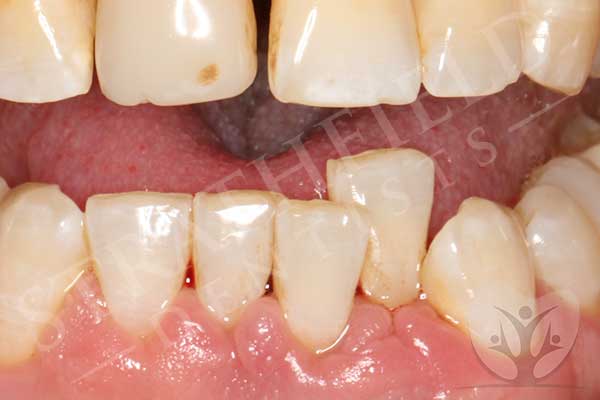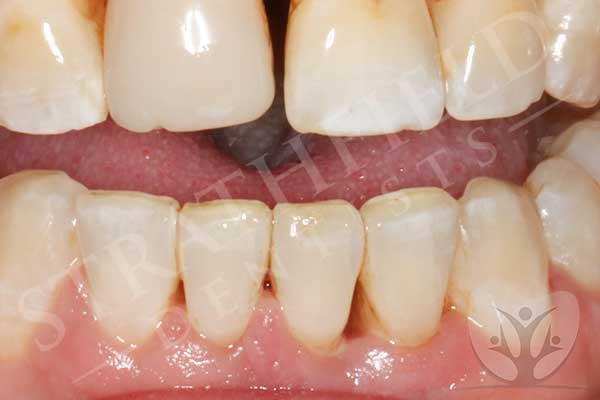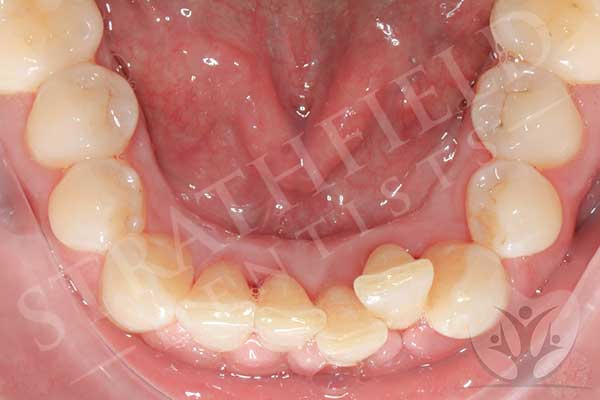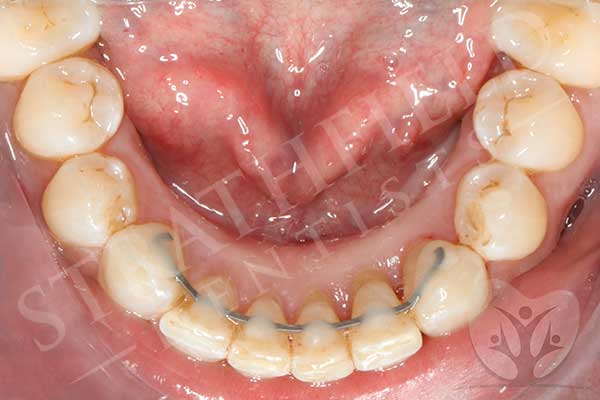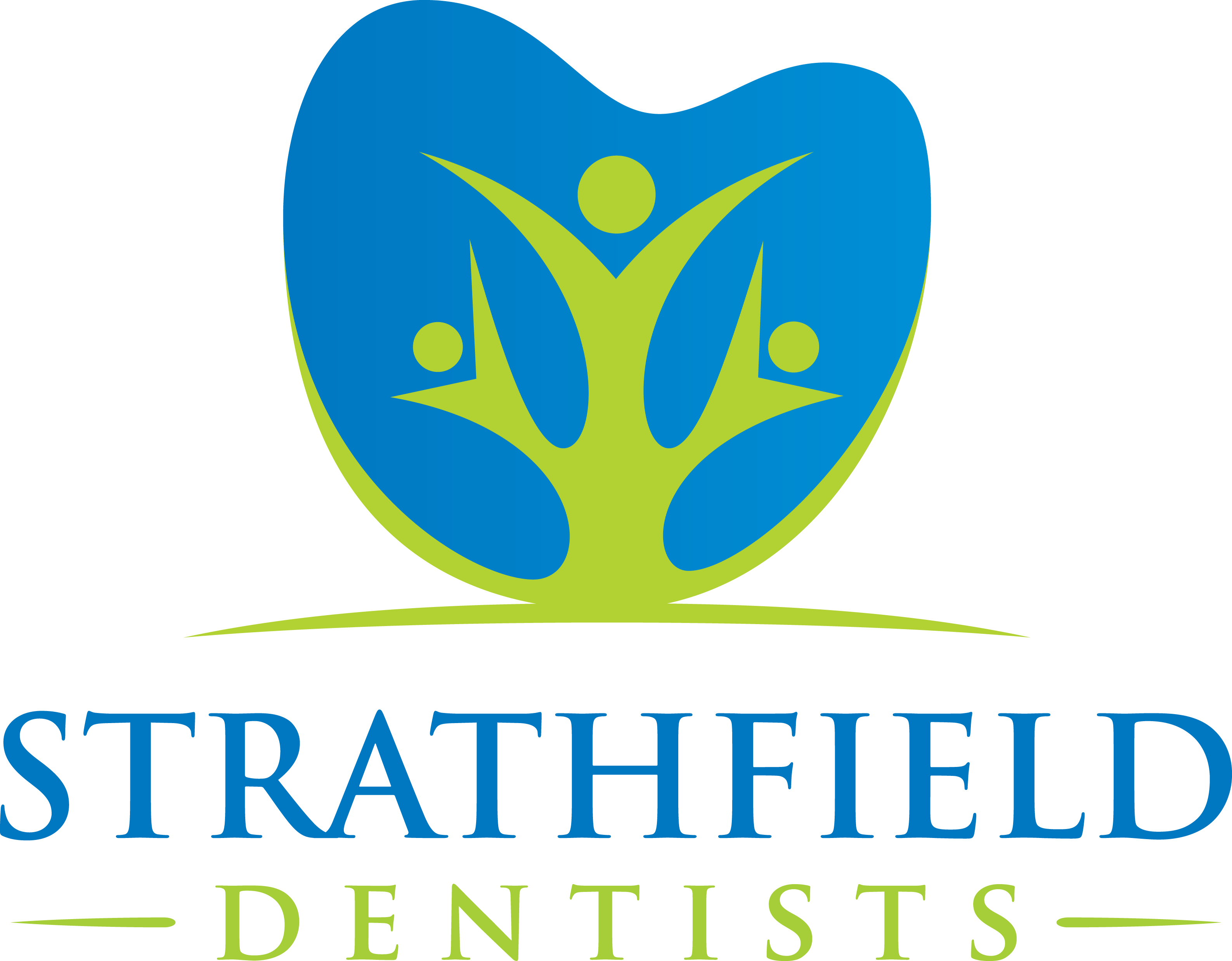Orthodontic Cases
Important Information
Dr Jennifer Lim is an experienced general dentist (2004 Sydney University) who has been providing orthodontic treatment for over ten years. She is interested in ongoing developments in general dentistry and the area of orthodontics. She is not an orthodontic specialist, but holds a 2-year Graduate Diploma of Orthodontics with Distinction from James Cook University. You are free to seek a second opinion.
The gallery below illustrates a small selection of cases we have treated. Actual treatment results will vary depending on cooperation with instructions and attendance at appointments. In addition, variations in anatomy and biology (which are unique to every individual) are natural limitations to what we can achieve.
Case 1
Crowding + deep overbite
Age group: Adolescent
Treatment modality: Braces and no extractions
Treatment time: 12 months
Concern/s:
– Crowding
– Excessive overlap of the front teeth (deep overbite)
This was a team effort with staff and the patient (and parents!). The result is a neater, broader smile, with correction of the deep overlap of front teeth and bite correction. If you look carefully at the drape of the smile muscles, the patient wasn’t used to smiling before treatment began – coaxing a smile for the camera was actually hard work! By the time we took the ‘after’ photos, the tension in the smile muscles had naturally disappeared. The result is a confident and relaxed smile.
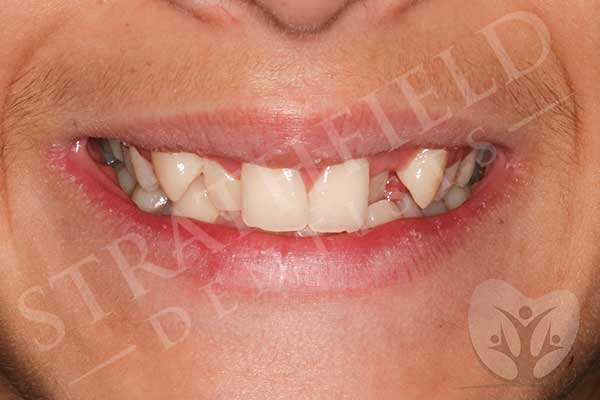
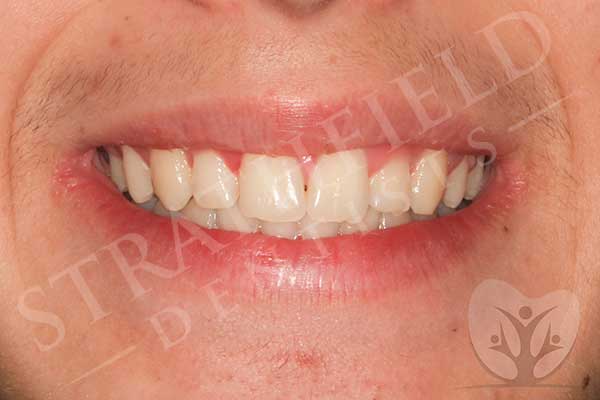
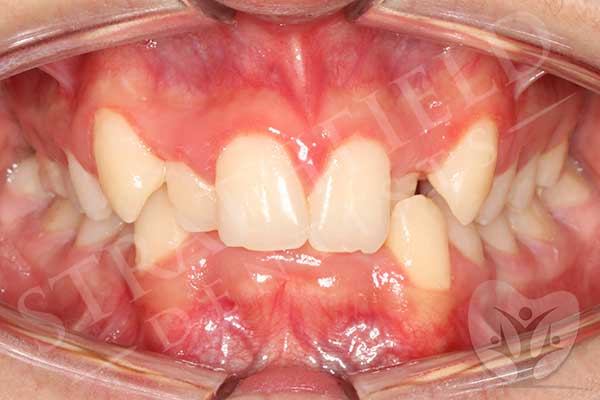
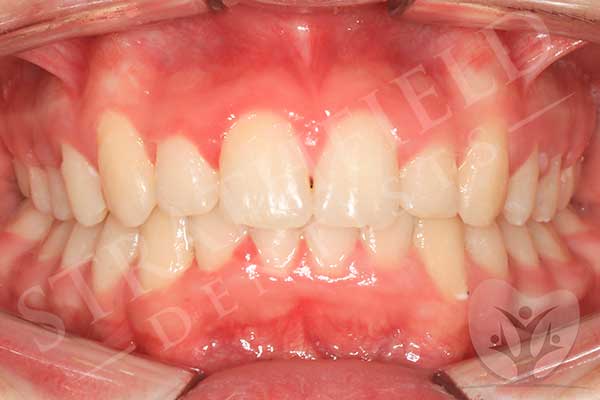
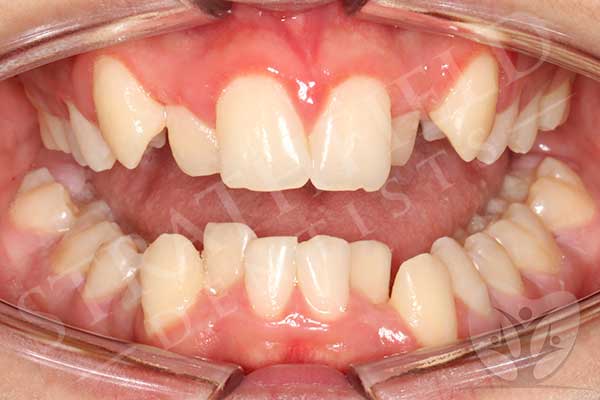
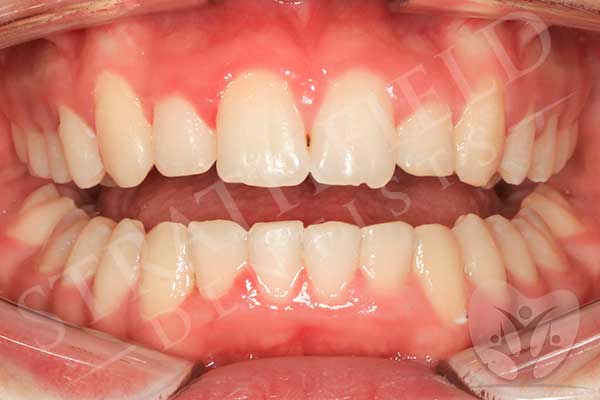
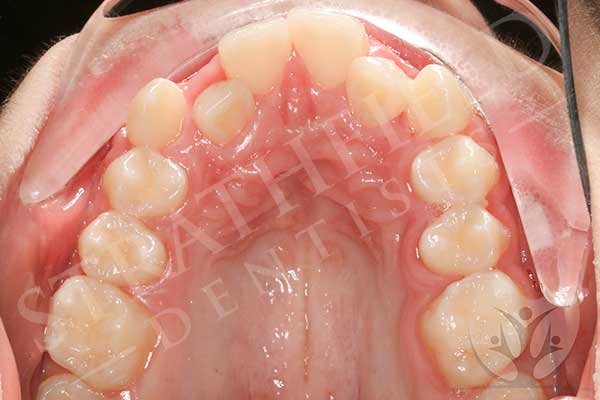
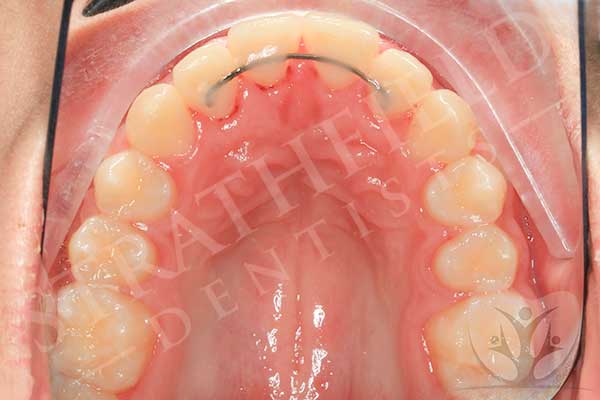
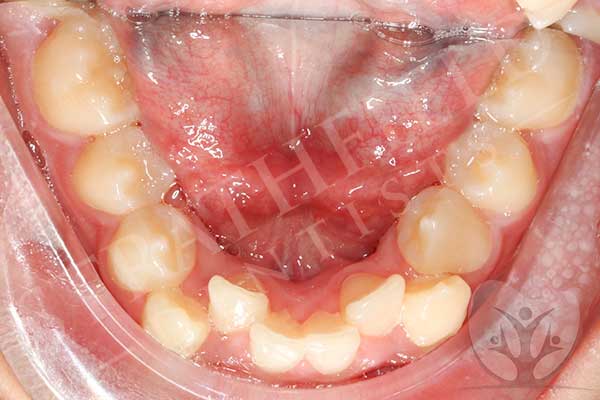
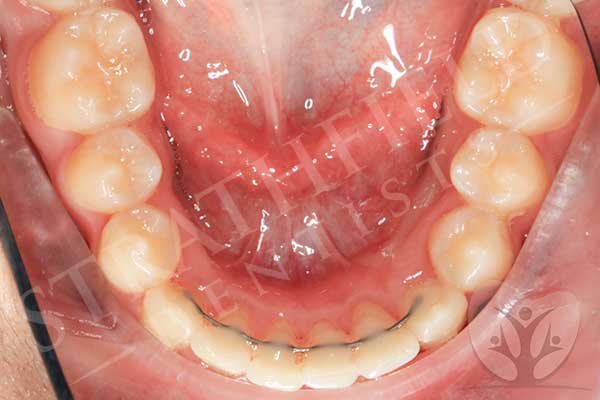
Case 2
Severe crowding + Ectopic Canines
Age group: Late Adolescent
Treatment modality: Braces and 4 extractions
Treatment time: 18 months
Concern/s:
– Severe Crowding
– Abnormally positioned (ectopic) canines
Prescribing orthodontic extractions has often courted controversy, even among some dentists and orthodontists. Opponents dogmatically declare that a narrow smile and a damaged side profile is the result of orthodontic extractions. The case here tells a different story. The patient’s smile has also actually broadened after orthodontics, in spite of extractions (note the reduction in the shadowing at the corners of the smile). The profile has improved. Fullness in the lower face has been effectively tempered, resulting in a more angular look which is currently in vogue. Had orthodontics been undertaken without extractions, lower lip and facial fullness would have been even more exaggerated.
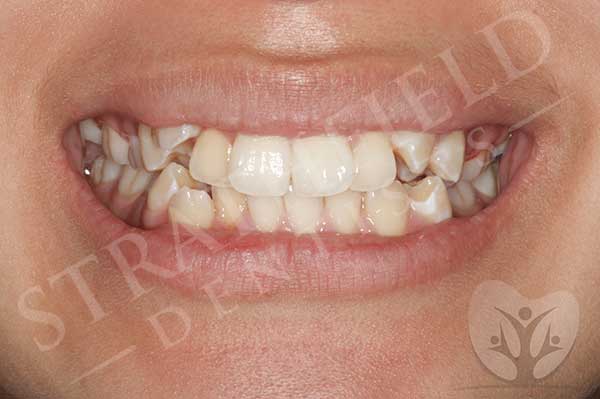
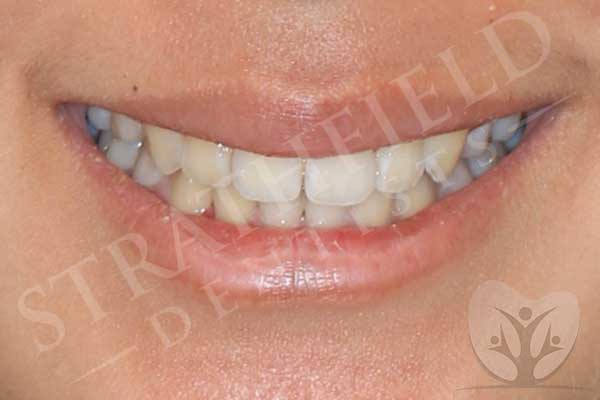
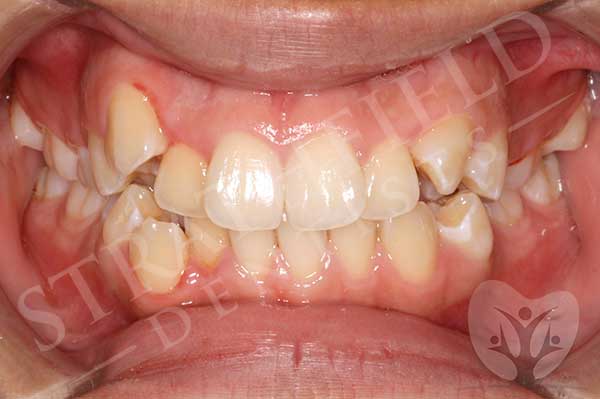
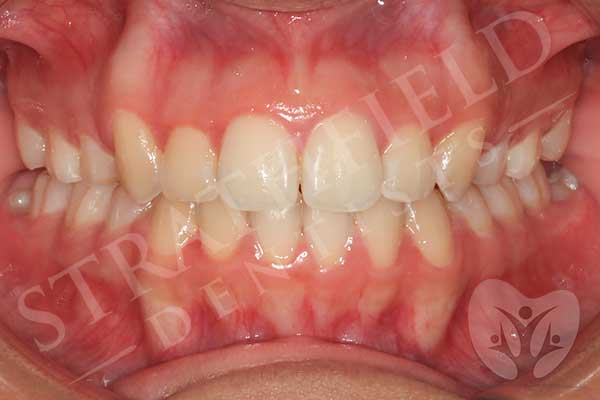
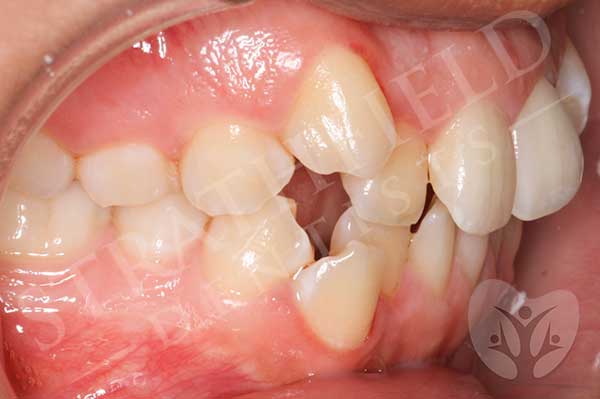
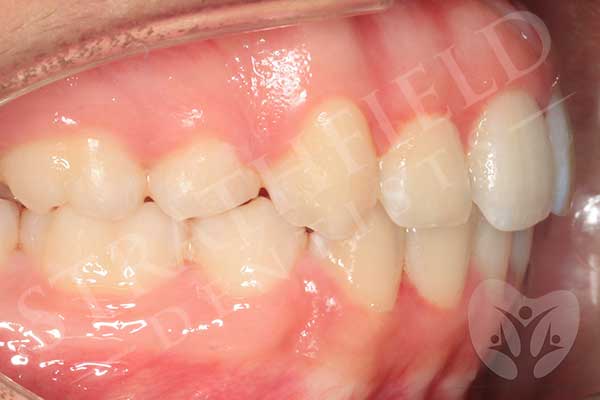
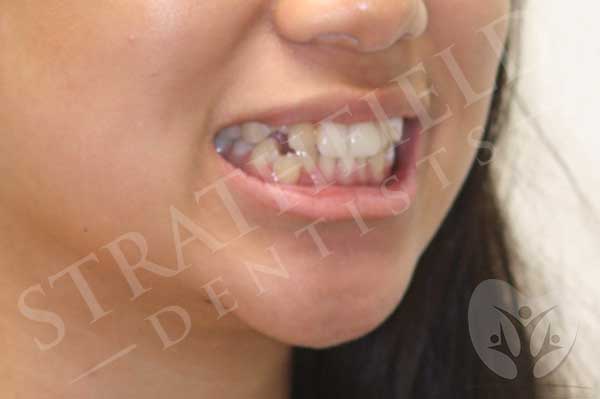
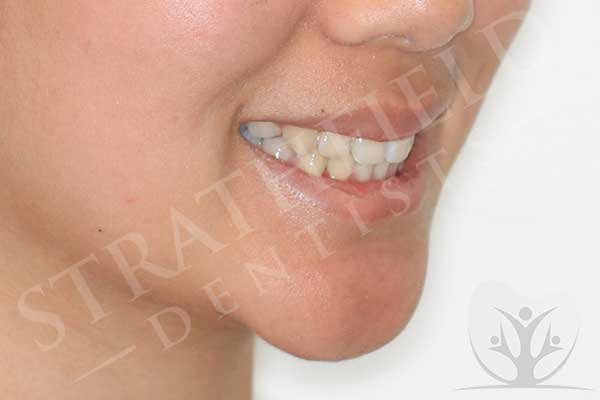
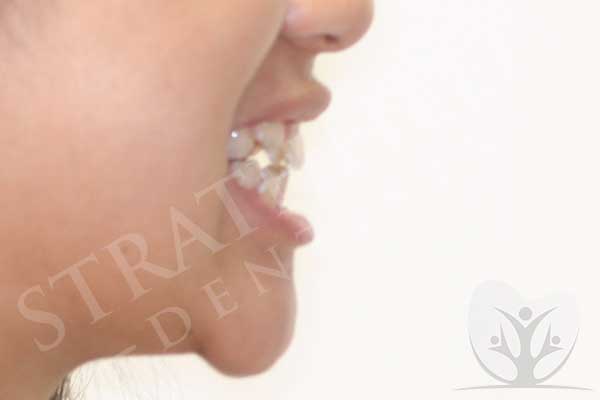
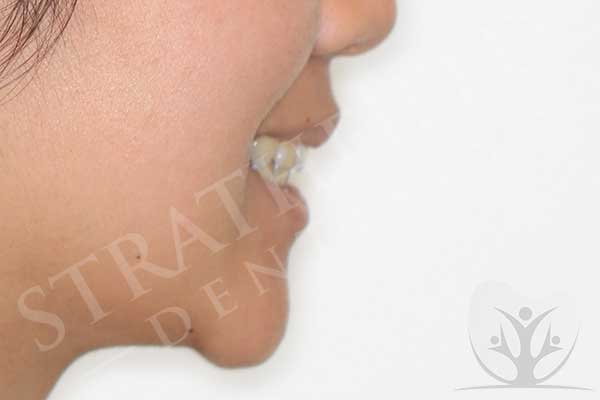
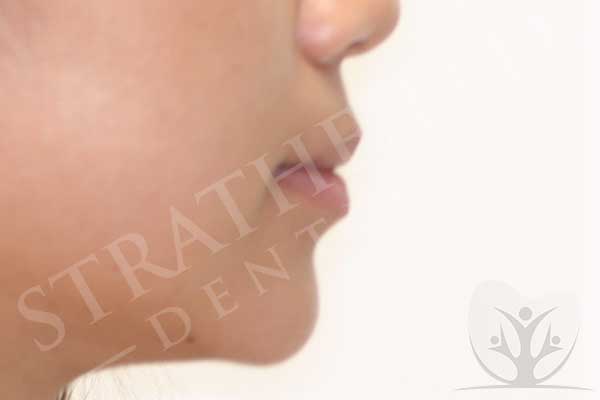
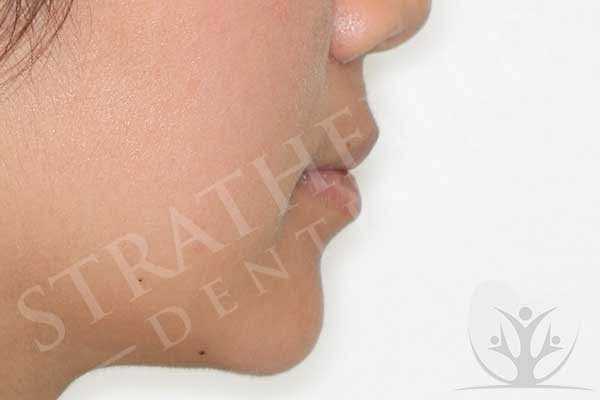
Case 3
Anterior Open Bite + Spacing
Age group: Adult
Treatment modality: Braces and no extractions
Treatment time: 18 months
Concern/s:
– Anterior open bite (front teeth not meeting when biting down)
– Spacing
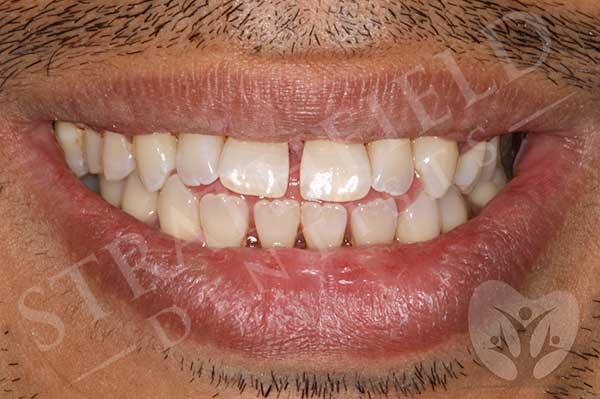
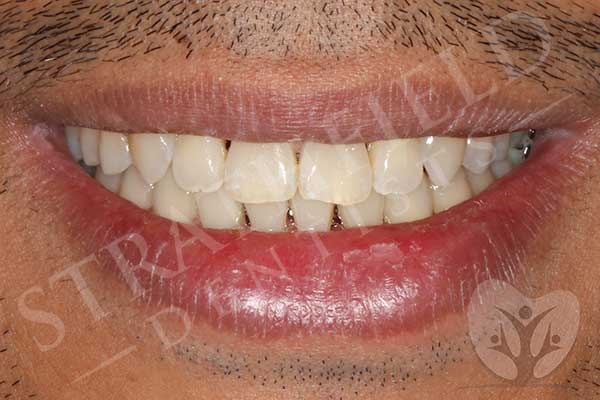
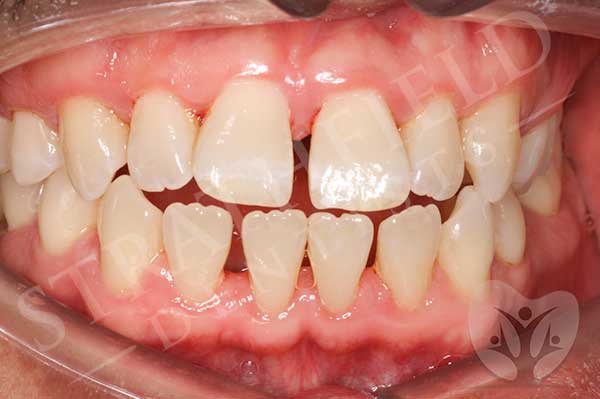
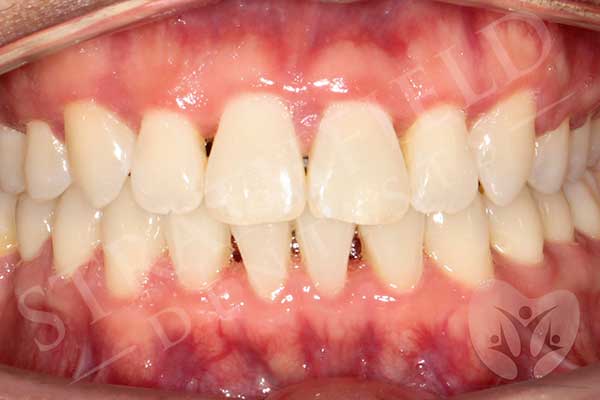
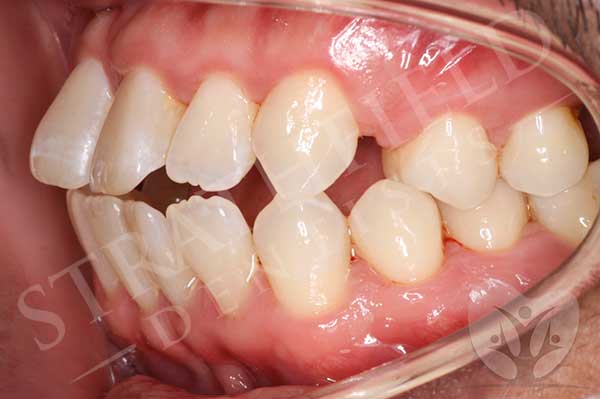
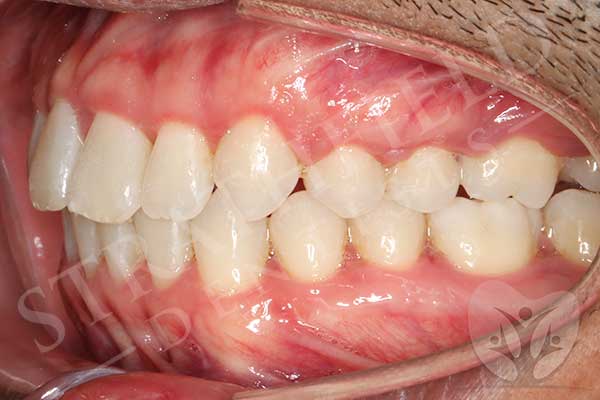
Case 4
Spacing + Increased overjet + Class II malocclusion + Deep overbite
Age group: Adolescent
Treatment modality: Braces and 2 extractions
Treatment time: 25 months
Concern/s:
– Spacing
– Increased overjet (upper incisors significantly in front of lower incisors)
– Class II malocclusion (bite problem where upper teeth are too far ahead of the lower teeth)
– Excessive overlap of the front teeth (deep overbite)
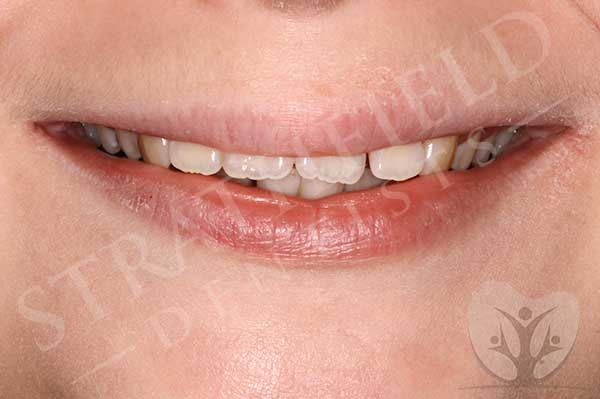
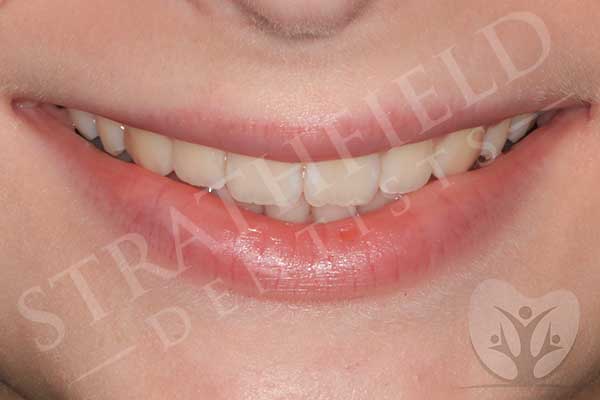
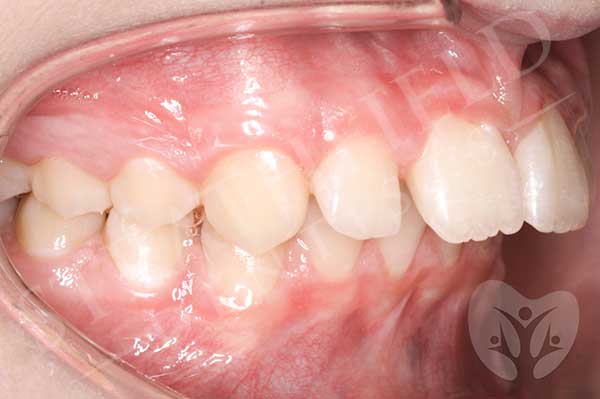
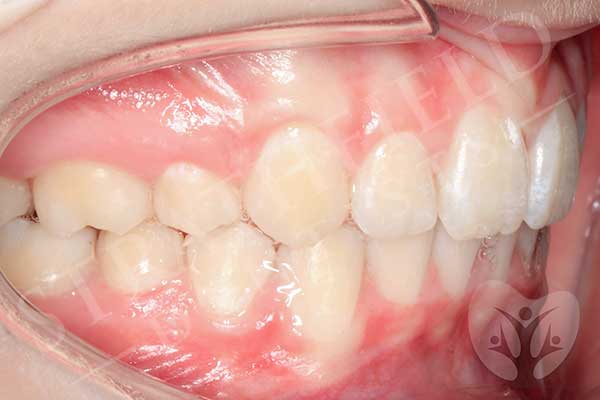
Case 5
Crowding + Edge-to-edge incisors + Class III malocclusion
Age group: Adult
Treatment modality: Braces and no extractions
Treatment time: 11 months
Concern/s:
– Crowding
– Edge-to-edge incisors
– Class III malocclusion (bite problem where lower teeth are ahead of the upper teeth)
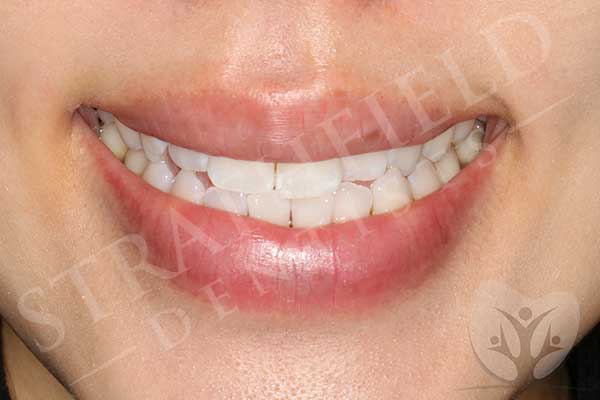
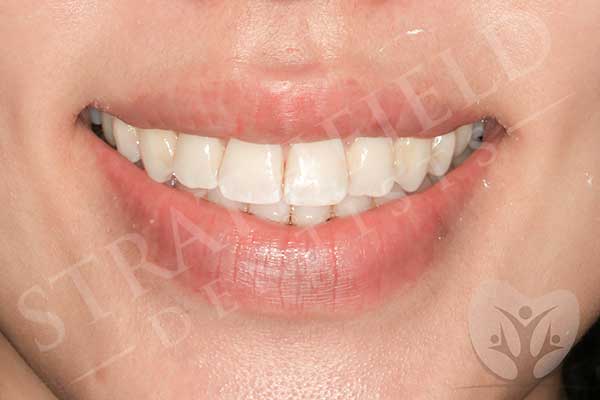
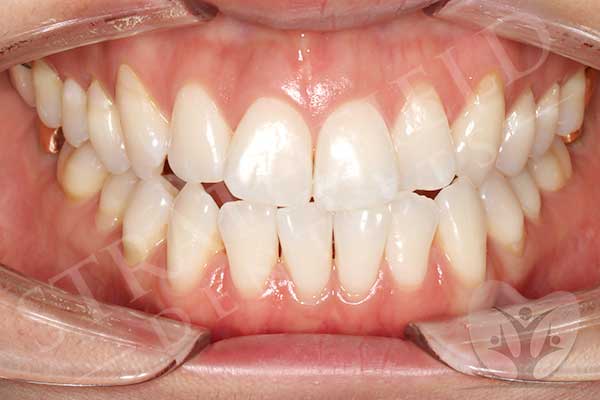
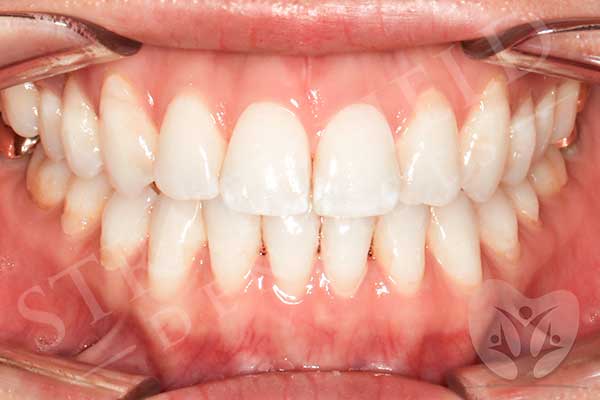
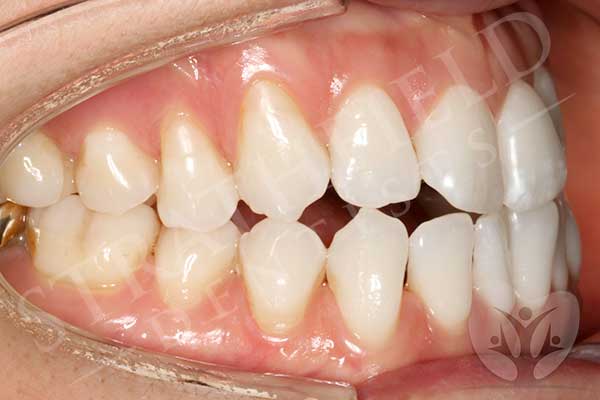
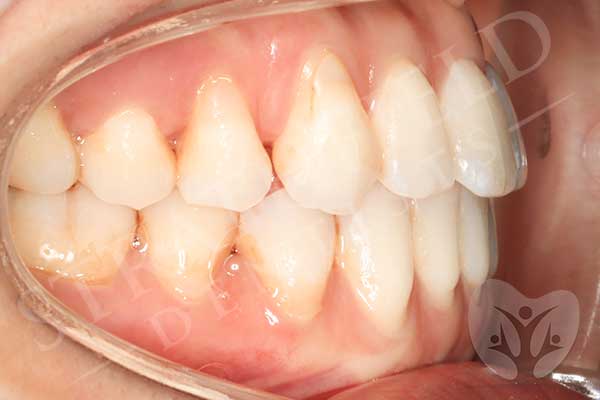
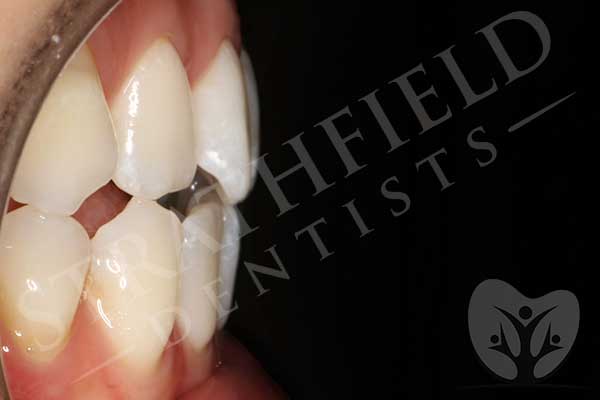
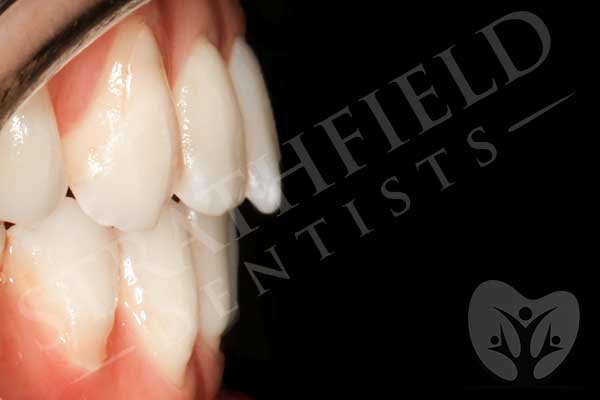
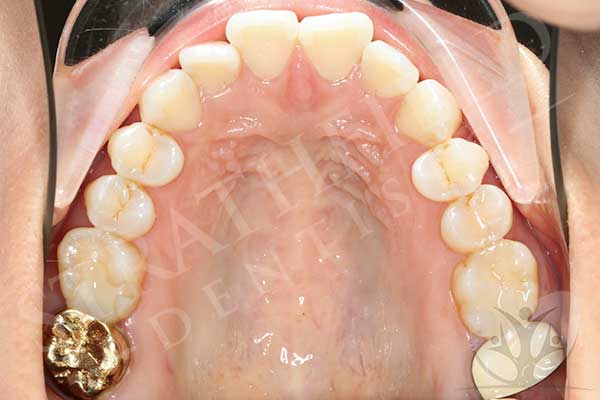
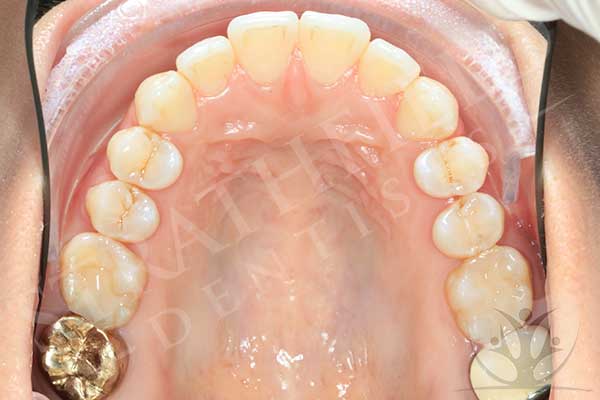
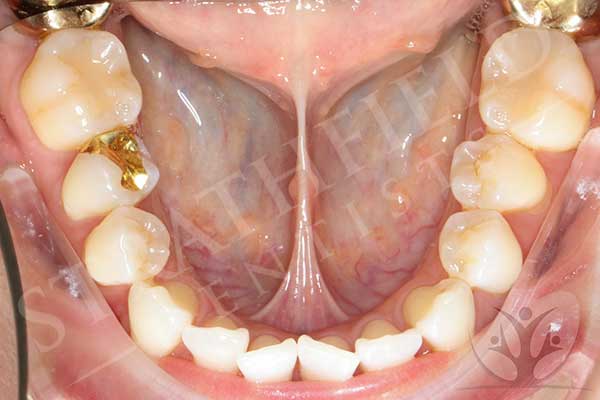
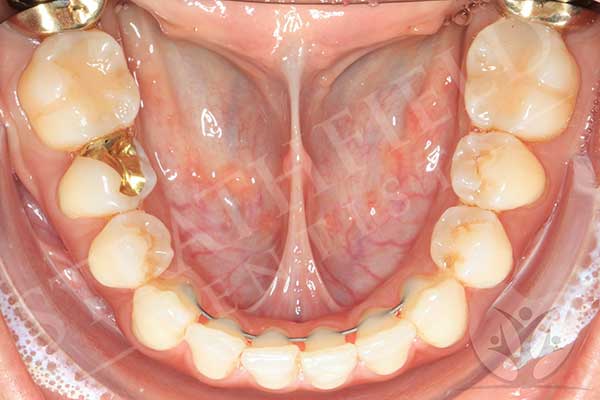
Case 6
Malpositioned upper canines + Anterior crossbite + Narrow upper Jaw
Age group: Adolescent
Treatment modality: Expander, braces and no extractions
Treatment time: 20 months
Concern/s:
– Malpositioned (ectopic) upper canines
– Anterior crossbite of the upper lateral incisor (upper tooth biting behind lower)
– Narrow upper jaw
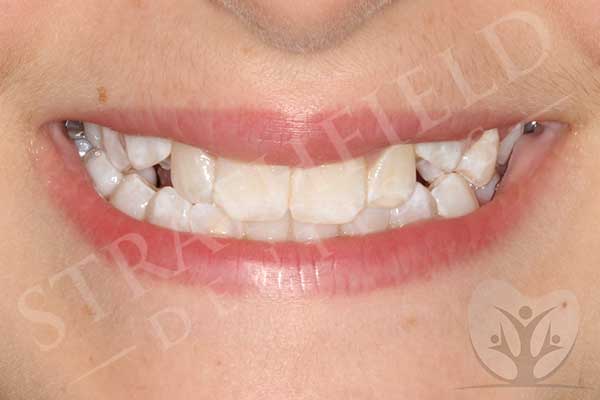
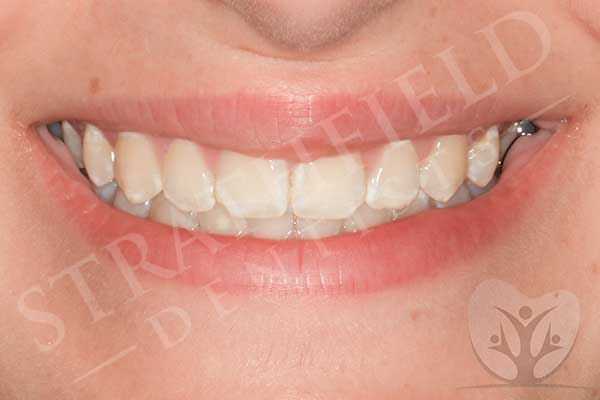
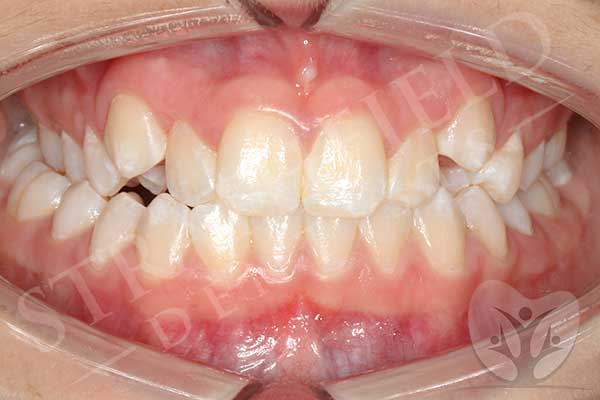
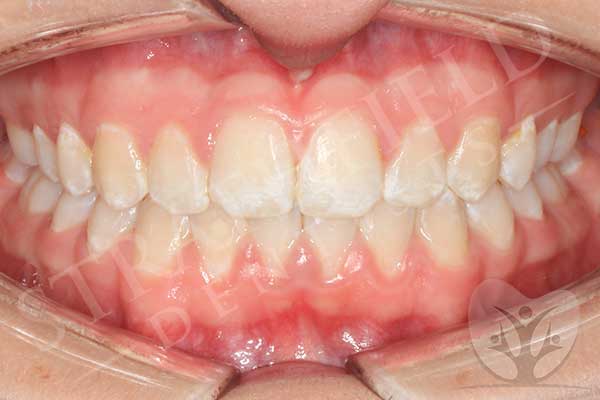
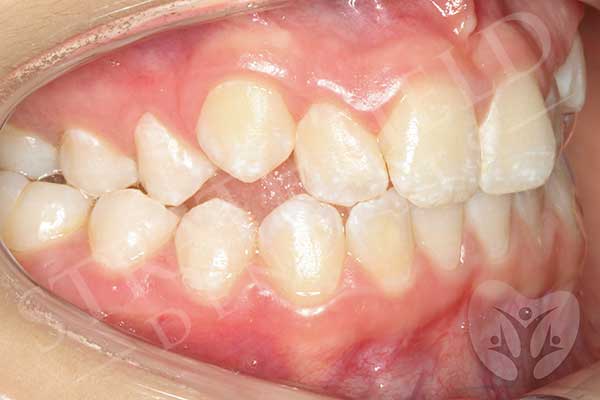
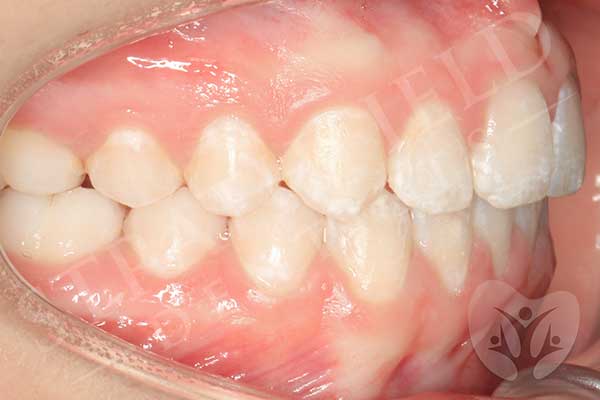
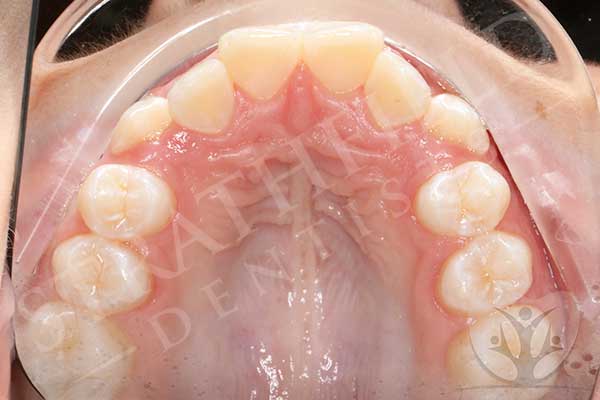
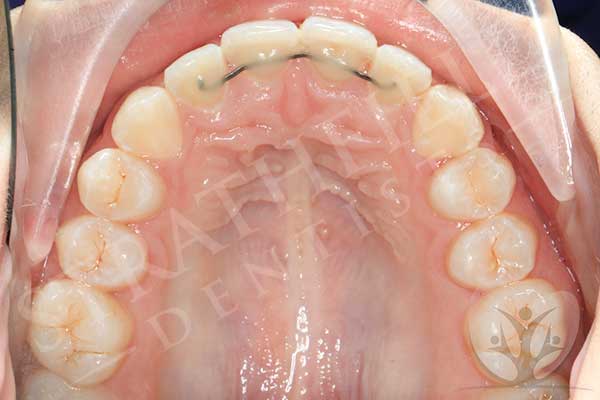
Case 7
Crossbite + Mild crowding
Age group: Adolescent
Treatment modality: Braces and no extractions
Treatment time: 18 months
Concern/s:
– Crossbite in the left canine region (right side of picture) – upper canine biting inside lower canine
– Mild crowding
The crossbite and alignment of the teeth on the left side (right side of picture) was the main concern here. There were also some minor bite problems which needed resolving. Orthodontic treatment addressed all these issues – and we managed to broaden the smile, reducing the shadowing in the corners of her smile. We were thrilled with the result, as was the patient. It was a pleasure treating her, seeing treatment progress with each appointment and just watching her grow up!
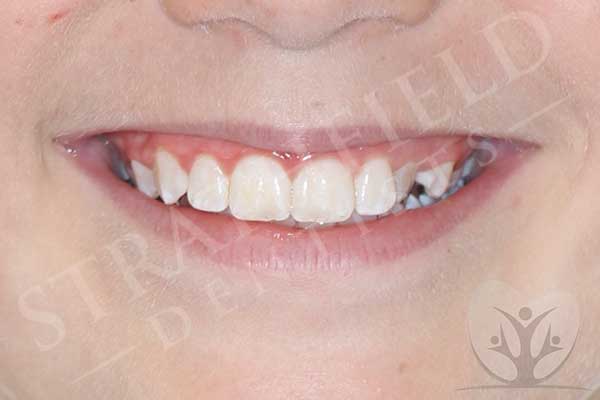
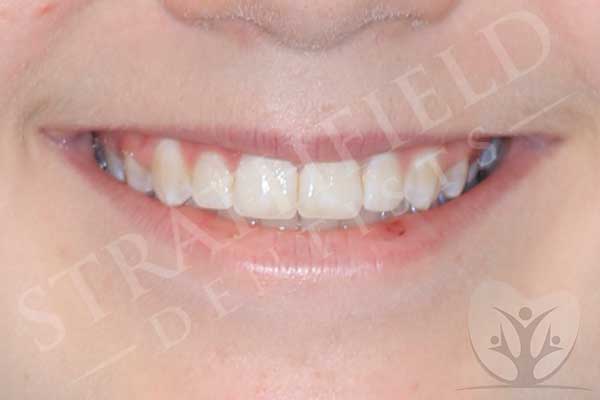
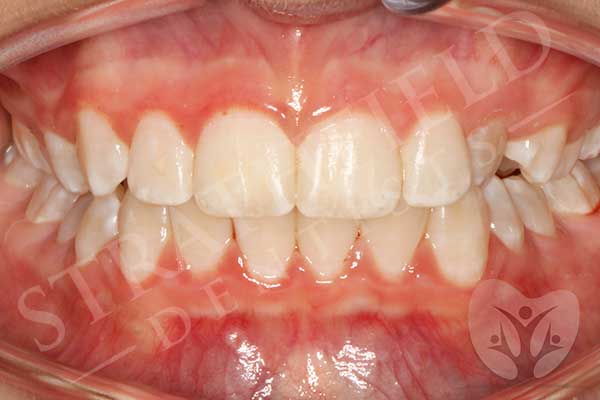
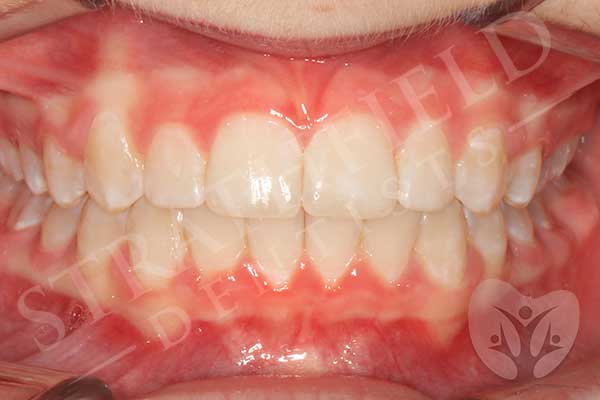
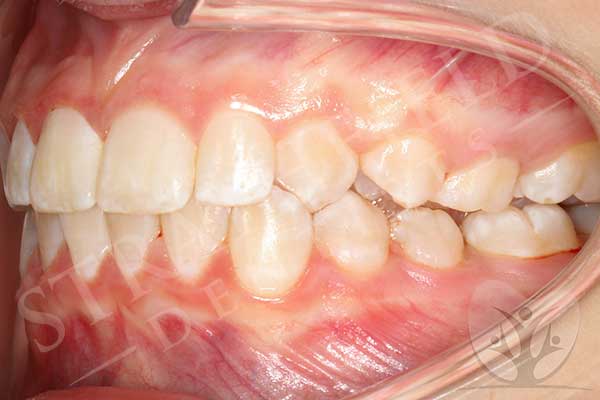
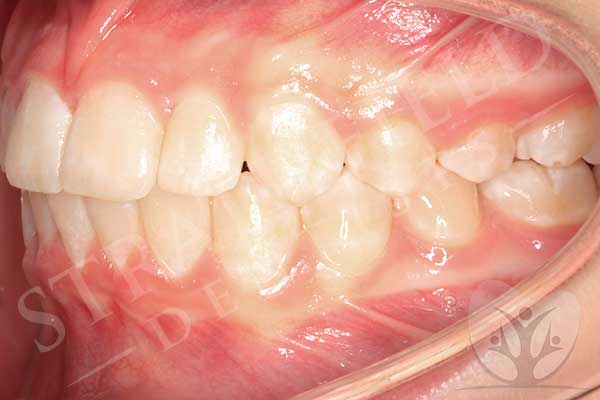
Case 8
Misalignment of lower incisor + deep overbite
Age group: Adult
Treatment modality: Lower braces only and no extractions
Treatment time: 4 months
Concern/s:
– Misalignment of lower incisor
– Excessive overlap of the front teeth (deep overbite)
